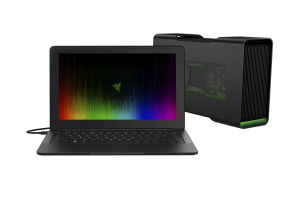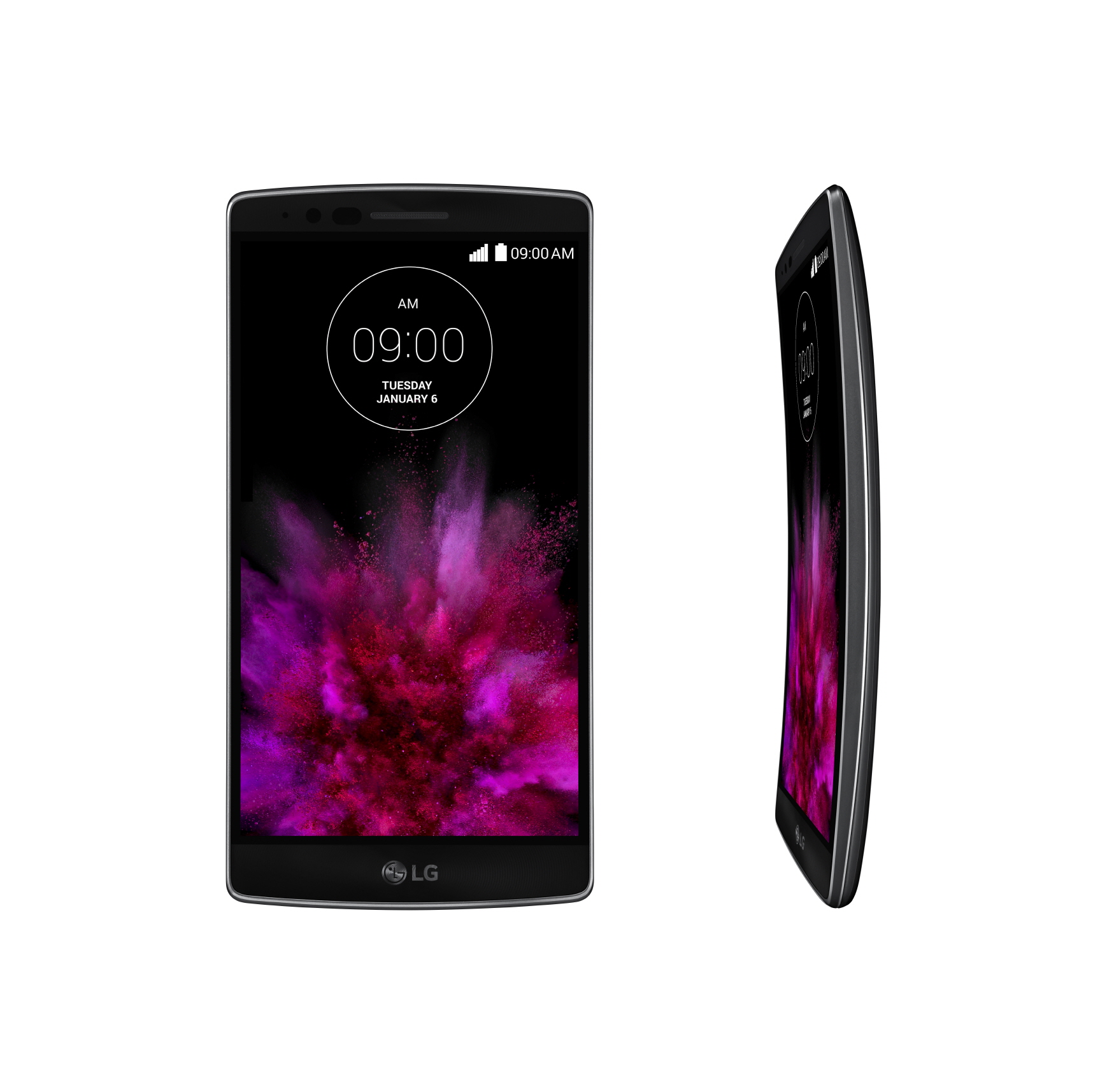Articles

NVIDIA allows you to turn a high-performance Ultrabook like the Razer Blade in to a mobile workstation when you plant a Quadro graphics card in an external graphics module like the Razer Core
Nvidia rolls out external GPU support for Nvidia Quadro | CNet
NVIDIA External GPUs Bring New Creative Power to Millions of Artists and Designers | MarketWired
From the horse’s mouth
NVIDIA
My Comments
Over the last year, there has been a slow trickle of external graphics modules that “soup up” the graphics capabilities of computers like laptops, all-in-ones and highly-compact desktops by using outboard graphics processors. Typically these devices connect to the host computer using a Thunderbolt 3 connection which provides a bandwidth equivalent to the PCI Express expansion-card standard used for desktop computers.
At the moment, this approach for improving a computer system’s graphics abilities has been focused towards gaming-grade graphics cards and chipsets, which has left people who want workstation-grade graphics performance in the lurch.
But NVIDIA has answered this problem by providing a driver update for their TITAN X and Quadro workstation graphics cards. This allows Windows to work with these cards even if they are installed in a “card-cage” external graphics module rather than on the host computer’s motherboard.
Not just that, NVIDIA are to start allowing external-graphics-module manufacturers to tender their products for certification so that they are proven by NVIDIA to allow these cards to work reliably to optimum performance. This may be different to the context of a certified workstation where all the components in that particular computer are certified by Autodesk and similar software vendors to work reliably and perform at their best with their CAD or similar software.
What is being pitched in this context is a “thin-and-light” laptop of the Dell XPS 13 kind (including the 2-in-1 variant); an “all-in-one” desktop computer like the HP Envy 34 Curved All-In-One or an ultra-compact “next unit of computing” unit like the Intel Skull Canyon being able to do workstation-class tasks with the kind of graphics card that best suits this computing requirement.
The question that some workstation users will then raise is whether the computer’s main processor and RAM are up to these tasks even though a workstation-grade graphics card is added on; and then consider this approach unsatisfactory even though the host computer has a lot of RAM and / or runs with a Core i7 CPU. But something like a gaming laptop that uses a gaming-calibre graphics chipset may benefit from the Quadro in an external graphics “card cage” module when this system is destined to do a lot of video editing, CAD or animation work.
Personally, I see the concept of the Quadro workstation graphics chipset in an external graphics module as a way to allow hobbyists and small-time professionals to slowly put their foot in the door of high-performance workstation computing.

